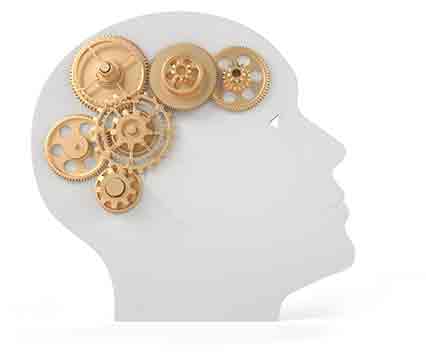Effects of transcranial direct current stimulation (tDCS) on binge eating disorder
In this 2016 study, thirty adults with binge-eating disorder (BED) or sub-threshold BED experienced transcranial direct current stimulation (tDCS) and attended a bogus session, to assess the impact of passing electric currents to specific parts of the brain on binge-eaters’ food craving, intake, binge eating desire, and binge eating frequency. The direct current stimulation lasted for 20 minutes each session, and targeted the dorsolateral prefrontal cortex (DLPFC). The participants also rated their food craving and took part in a laboratory eating test to determine level of food intake. The tDCS treatment session reduced cravings for sweets, savory proteins, and an all-foods category, especially among the male subjects, compared with the bogus session. There were also drops in total and preferred food intake by 11 and 17.5%, respectively, reported after the tDCS. Furthermore, on the day of tDCS administration, desire to binge eat was lower among men. Burgess et al. found that eating less frequently for reward motives led to reduced cravings, and that greater intent to moderate calories could predict lower food consumption. Overall, these results suggest that repeated transcranial direct current stimulation (tDCS) can be used as a safe and non-invasive adjunctive treatment for binge-eating disorder. [NPID: cognition, binge eating, BED, cravings, dorsolateral prefrontal cortex, reward]
Year: 2016
 Navigation
Navigation






